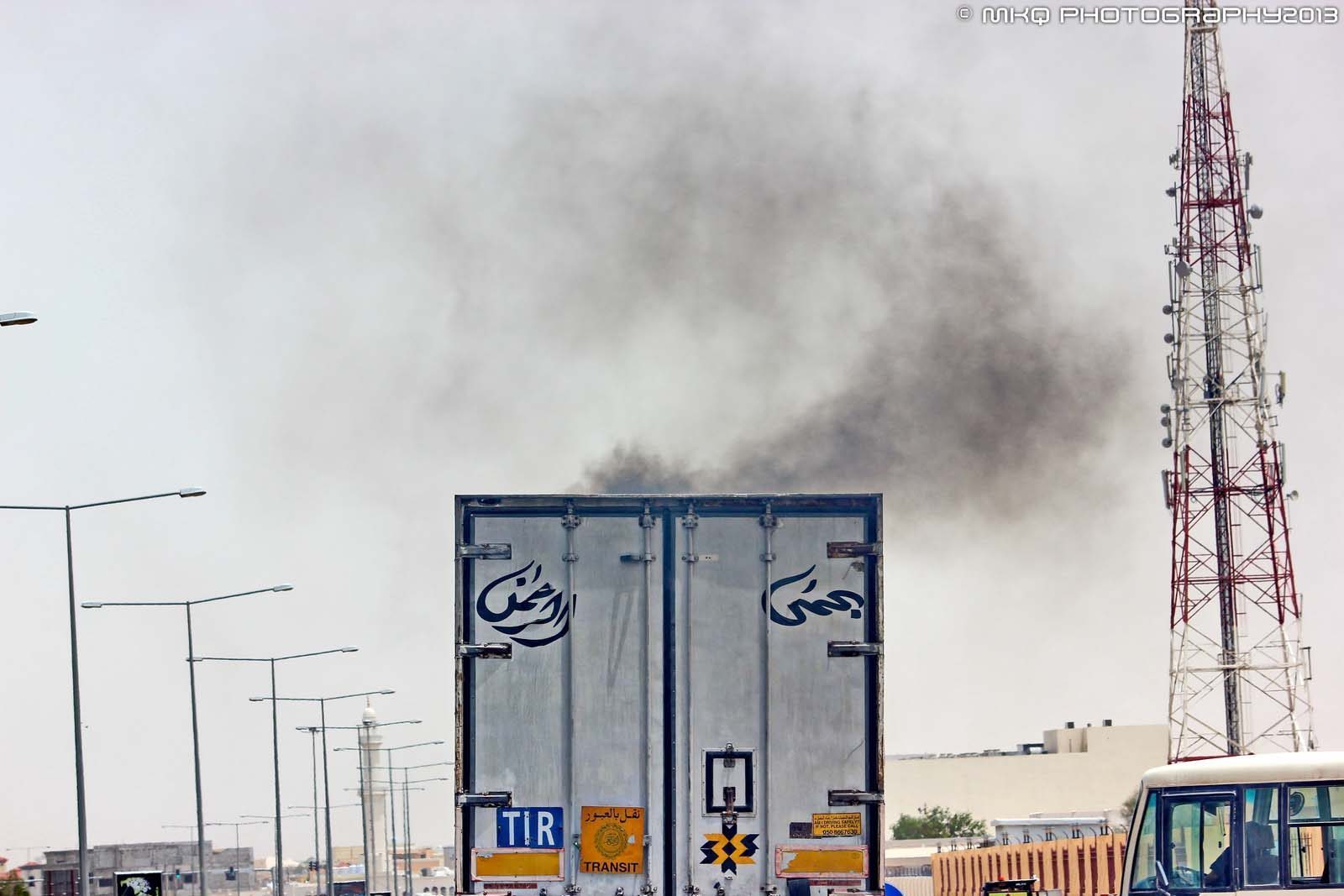
High air pollution like that seen in Doha may contribute to the development of brain disorders like Alzheimer’s, scientists have found.
That’s because magnetite nano-particles – minuscule spheres of a toxic mineral – have been found in the brains of people exposed to significant air pollution, according to new research from the UK’s Lancaster University.
Lead scientist Prof. Barbara Maher said these particle are involved in the production of free radicals in the brain, which are associated with neurodegenerative diseases like Alzheimer’s.

In 2014, the World Health Organization (WHO) released data suggesting that Doha’s air is some of the most polluted in the world.
It concluded that Doha had the 12th highest average levels (93 ug/m3) of PM2.5 – small and fine particles that are particularly dangerous to respiratory health. Al Wakrah (85 ug/m3) ranked 25th on the same list.
Maher’s research focused on people living in Mexico City and Manchester.
However, she told Doha News this week that very high levels of small particles in Qatar’s air meant that residents here would likely be even more affected:
“If you’ve got very high PM2.5 values (in your air), you have a very good chance of having these particles in it. It is possible that Doha has a bigger problem than Mexico City,” she said.
The finding is a depressing one for residents, as local researchers have recently linked chronic exposure to environmental toxins found in Qatar’s desert and brain diseases such as ALS, Parkinson’s and Alzheimer’s.
Alzheimer’s link
Although magnetite can be produced in small quantities by the body itself, the particles Maher found were shaped differently, and characteristic of particles produced externally.

She described her findings as a “smoking gun” – a discovery that will pave the way for further research into possible links between this type of pollution and brain diseases:
“Now we need to find out who is going to be most vulnerable, and whether they show increased rates of Alzheimer’s.
We would like more funding so that we can make a lot more progress a lot more rapidly to answer the new questions that arise.”
Sources of pollution
Magnetite is often produced by vehicle engines. The particles are produced by heat in the engine and in the exhaust, and by the heating that occurs when brake pads undergo friction.
This means that Qatar’s busy roads are a potential source of the particles.

They are also a by-product of certain industrial processes, like gas flares, Maher said, as well as open fires.
“Iron is a contaminate in these fuels, so if you burn these fuels, you release the carbon if the temperature right,” she told Doha News.
Reducing exposure
Maher said reducing exposure to the particles is a “very difficult” problem for authorities in countries with high levels of pollution.

But she added that the solution lies in both new legislation and new technology:
“Of course anything that’s known to be emitting large volumes of particulates – vehicles and industrial processes – that’s what legislation should be for.
And you need new technology and new processes to reduce the exposure.”
She also said that individuals’ ability to reduce their exposure to the particles was limited, as masks have no effect.
But changing your route to work or school so that it doesn’t involve sitting in traffic on major roads could help.
Thoughts?







